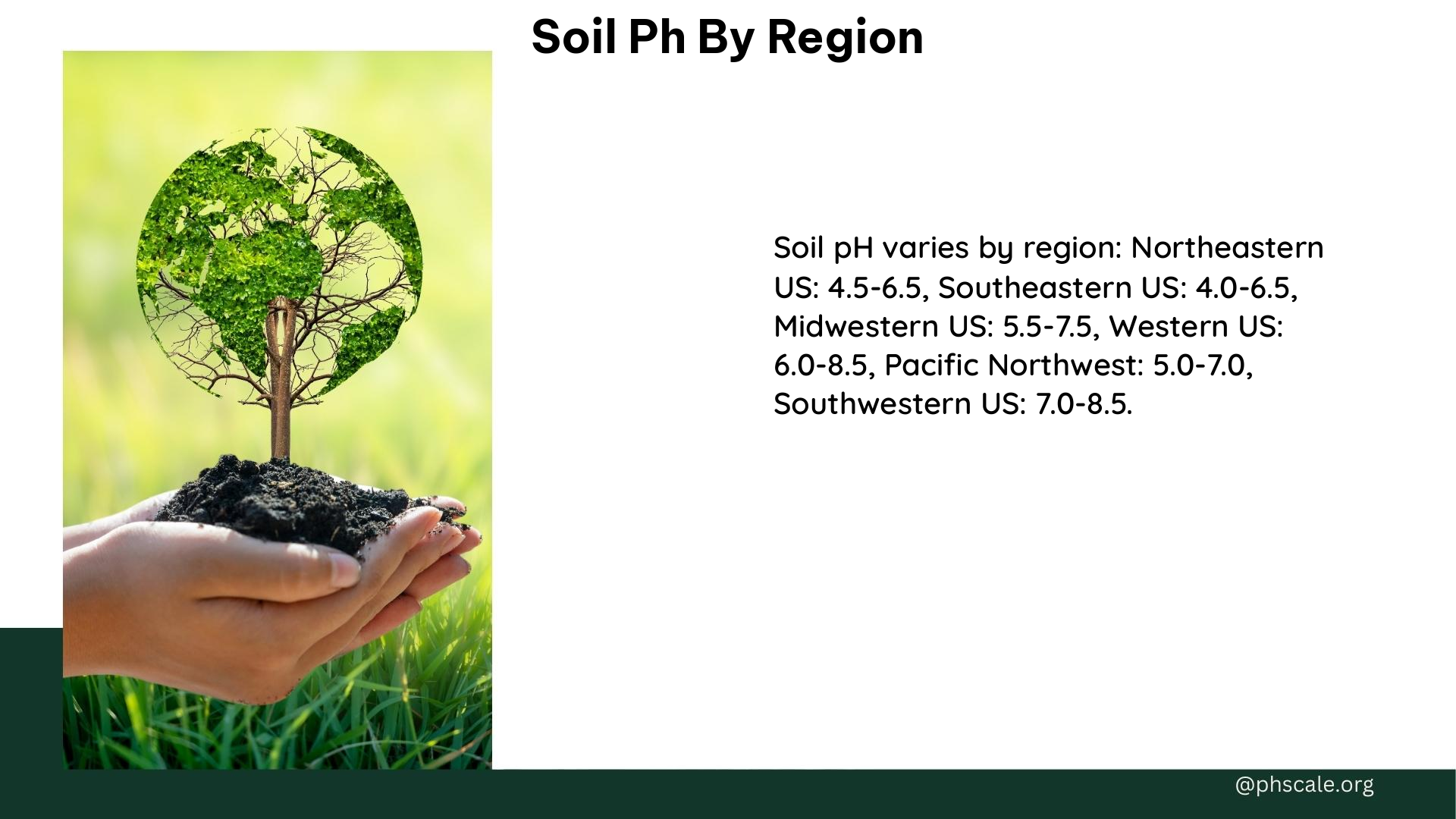Soil pH, a measure of the acidity or alkalinity of the soil, plays a crucial role in plant growth and overall soil health. The pH of the soil can vary significantly depending on the region, influenced by factors such as climate, parent material, and agricultural practices. In this comprehensive blog post, we’ll explore the soil pH variations across different regions and the impact on plant growth and soil management.
Midwest US (e.g., Iowa)
In the Midwest region of the United States, such as Iowa, the typical soil pH range is between 5.5 and 7.5. This range is influenced by factors like weathering, agricultural practices, and the underlying parent material. The neutral soils in this region are generally more fertile, making them suitable for intensive farming. Farmers in the Midwest often need to monitor and adjust the soil pH to maintain optimal conditions for their crops.
Arid Regions

In arid regions, where rainfall is low and evaporation rates are high, the soil pH tends to be higher, often in the alkaline range. This is due to the accumulation of calcium or sodium in the soil. The alkaline conditions in these regions can pose challenges for certain crops, requiring specific management practices to ensure successful plant growth.
Regions with High Rainfall (e.g., Zone 6b)
In areas with high rainfall, such as Zone 6b, the soil pH is typically more acidic, with values below 7. This is because the high rainfall leaches away alkaline elements, and the organic matter from vegetation contributes to the acidity of the soil. While acidic soils can be beneficial for certain crops, they may require specific nutrient management strategies to maintain optimal plant growth.
Other Regions
- Eastern and Southeastern US: Moderately acidic soils due to high rainfall and tree cover.
- Pacific Northwest: Acidic soils due to high rainfall and granite rock.
- Western US (excluding Pacific Northwest): Alkaline soils due to low rainfall and alkaline rocks.
Contaminants and Chemicals
Soil pH can also be affected by the presence of contaminants, such as heavy metals, pesticides, and industrial pollutants. These contaminants can alter the soil pH, impacting plant growth and microbial activity. Remediation techniques, such as phytoremediation, and sustainable agricultural practices can help mitigate the impact of these contaminants on soil pH.
Balancing Soil pH
Maintaining the optimal soil pH is crucial for plant growth and overall soil health. There are several strategies to balance soil pH:
- Lime application: Adding lime to the soil can raise the pH by neutralizing acidity.
- Sulfur application: Applying sulfur can lower the soil pH by increasing acidity.
- Organic matter management: Incorporating compost or manure can help balance the soil pH.
History and Importance
Soil pH is considered a “master variable” in soil science, as it influences nutrient availability, microbial activity, and plant growth. Understanding the soil pH variations across different regions is essential for effective agricultural practices and land management.
Helpful Resources
- Iowa State University soil pH and lime application guidelines (extension publication PM 1688)
- UC Santa Barbara’s research on soil pH and climate
- Earth Science’s overview of general soil pH by region in the US
References:
- Iowa State University. (n.d.). Soil pH – Introduction to Soil Science. Retrieved from https://iastate.pressbooks.pub/introsoilscience/chapter/ph-base-saturation/
- UC Santa Barbara. (2016, December 6). Soil pHertility. Retrieved from https://news.ucsb.edu/2016/017434/soil-phertility
- Earth Science. (n.d.). An Overview of the General Soil pH by Region in the U.S. Retrieved from https://www.earthsciencegrowing.com/expert-advice/an-overview-of-the-general-soil-ph-by-region-in-the-u-s/.
